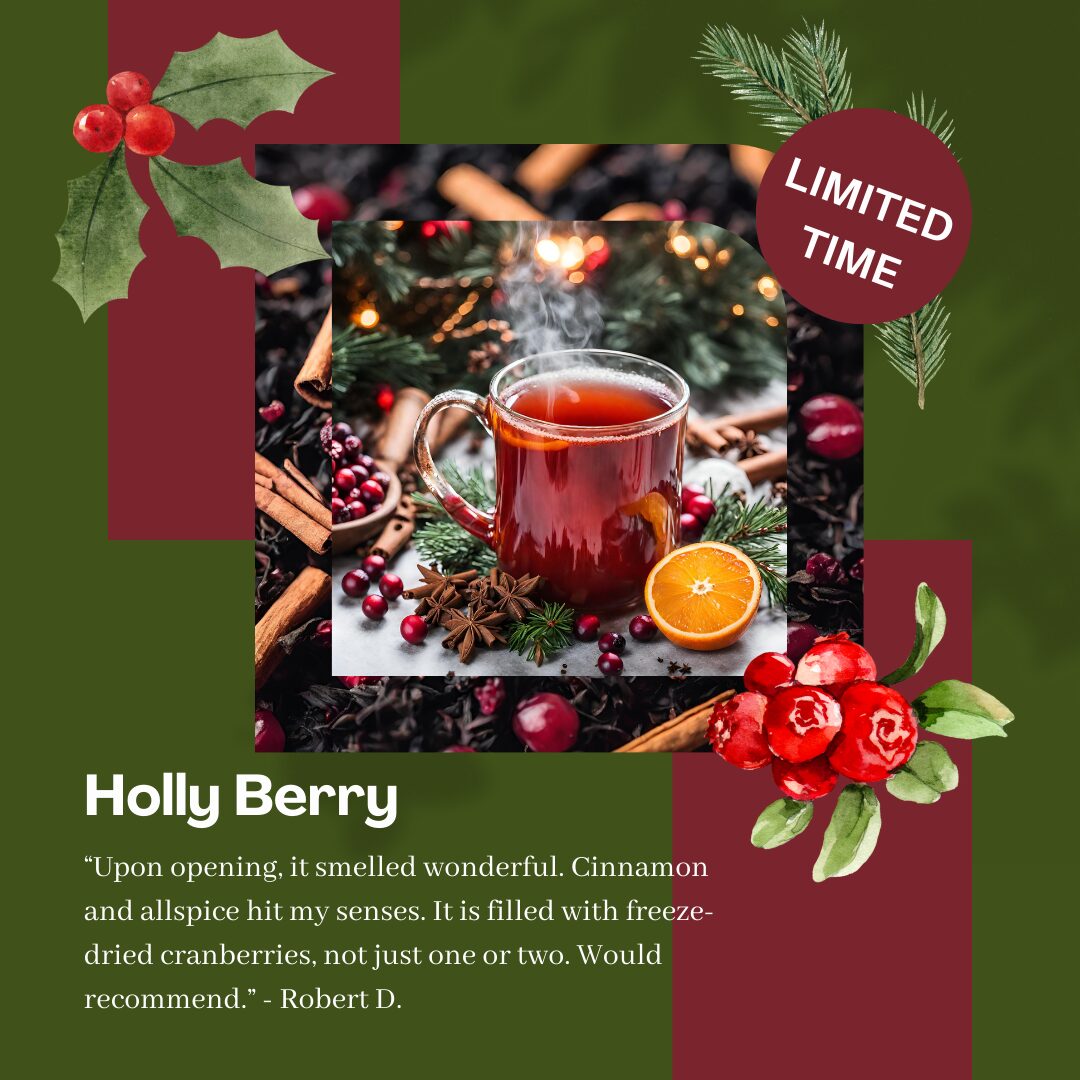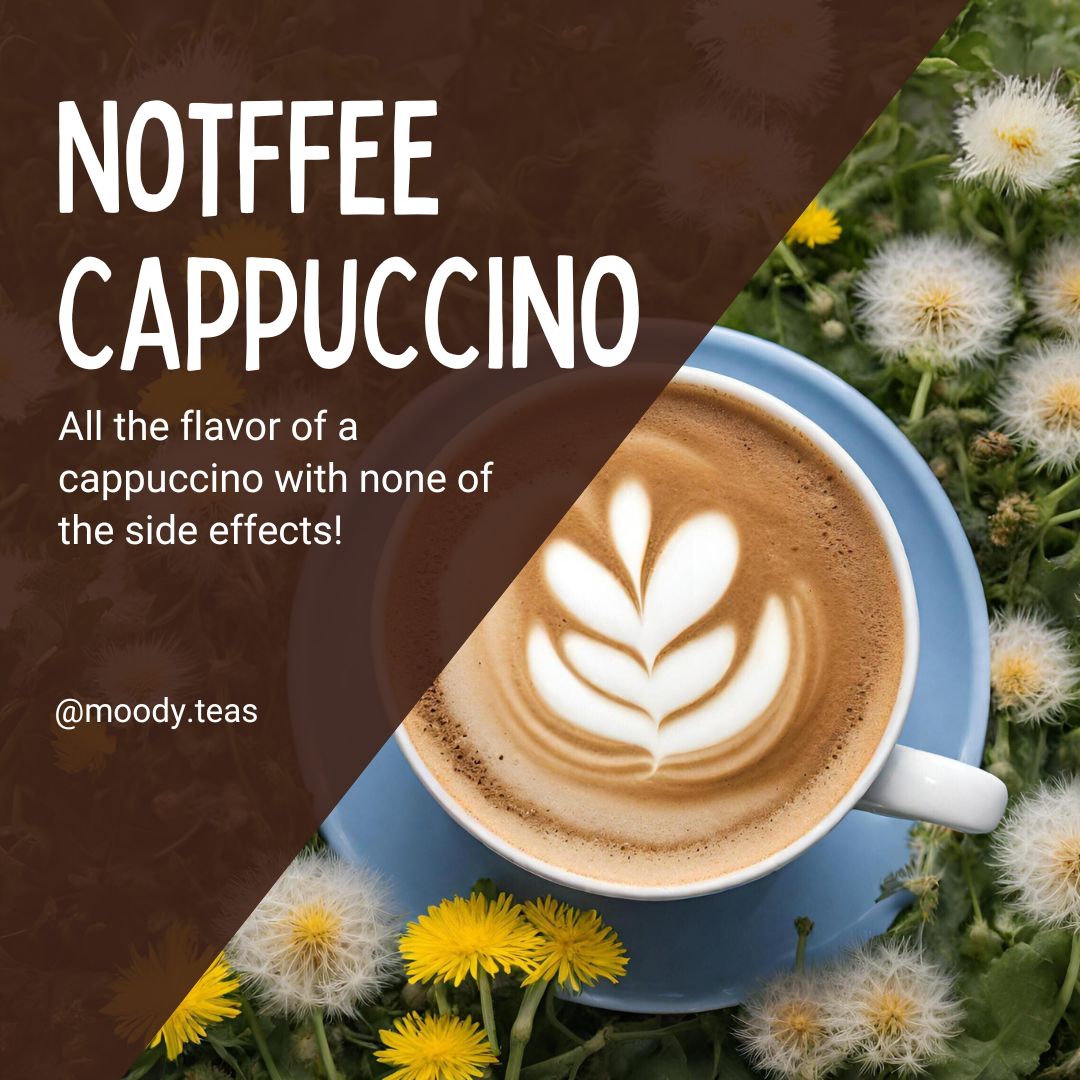Hey tea friends! Ever caught yourself staring at the expiration date on your tea stash, wondering if it’s more like a suggestion than a rule? Well, let’s spill the tea on expiration dates, and dive into the fascinating world of how our favorite brews manage to stay fresh over time.
Tea, with its rich history, doesn’t play by the same rules as your regular perishable goods. It’s got this cool knack for keeping its quality intact over time, thanks to some natural superhero compounds like polyphenols, theanine, and essential oils. These buddies form a dream team, making tea leaves pretty resilient against the usual suspects that turn other foods into has-beens.
Let’s unravel the fascinating science that makes tea leaves the superheroes of longevity in our favorite brews. Think of polyphenols as the Avengers of the tea world – powerful antioxidants that protect against the forces of deterioration. These compounds are the guardians, ensuring your tea stays fresh and vibrant by fending off the things that typically spoil other consumables.
Now, enter theanine, the secret ingredient in tea leaves. This amino acid not only contributes to the unique flavor but also imparts a soothing effect, making your tea the perfect companion for relaxation. And let’s not forget the unsung heroes, the volatile oils, responsible for the aromatic symphony of your tea. Beyond their delightful fragrance, these oils also act as defenders, keeping harmful microorganisms at bay.
Moisture, or rather the lack of it, is another crucial player in the tea leaf saga. Tea leaves are like moisture-repellent champions, boasting low moisture content in their dried state. This feature creates an environment hostile to the growth of bacteria and fungi, ensuring your tea leaves remain resilient against the usual aging process.
So, in the grand tea scheme, your tea leaves boast a dream team of antioxidants, amino acids, and oils, coupled with their moisture-resistant nature, making them the unsung heroes of longevity in your tea collection. Sipping a cuppa isn’t just about enjoying a beverage; it’s like savoring a sip of history in every brew.
Now, let’s chat about those expiration dates. Think of them as more of a friendly suggestion than a tea commandment. They’re there to tell you when your tea is throwing the best flavor party, like the VIP section for your taste buds. But here’s the secret – if you treat your tea right, it can totally outlast that date on the label.
So, what’s the tea on keeping your leaves in tip-top shape? It’s all about storage, my friend! Imagine your tea leaves as these delicate connoisseurs who hate oxygen, can’t stand too much light, and go all drama queen in humid places. To keep them happy, throw your tea into airtight containers, shield them from light, and find them a cozy spot that’s not too tropical.
Let’s dive a bit deeper into the art of proper tea storage – the secret sauce to keeping those tea leaves happy and full of flavor.
- Firstly, picture your tea leaves as delicate souls that need a bit of pampering. They detest oxygen, so your first line of defense is an airtight container. This not only keeps the air out but also ensures that the rich flavors and aromas stay locked within the leaves.
- Next up, light is the arch-nemesis of your tea’s freshness. It can cause the breakdown of compounds, robbing your brew of its magic. To shield your tea from the unwanted effects of light, consider storing it in opaque containers. This not only adds a layer of protection but also adds a touch of mystery to your tea storage setup, so make sure you label your containers!.
- Now, let’s talk humidity – the mood killer for tea leaves. Tea leaves are like Goldilocks; they don’t want it too hot, too cold, or too humid. Excessive moisture can make your tea leaves lose their charm and potentially lead to mold growth. Keep your tea in a dry environment to maintain its crispness and prevent any unwanted surprises.
- Choosing the right container is a crucial decision in the world of tea storage. While plastic may seem like an easy option, it can absorb and transfer odors to your tea. Opt for containers made of glass, porcelain, or stainless steel. These materials won’t interfere with the flavors, allowing your tea to maintain its authenticity.
- And here’s a pro tip: keep your tea away from strong-smelling neighbors. Tea leaves have this incredible ability to absorb surrounding odors, which might not be a party your taste buds signed up for. Store your tea away from pungent spices or anything with a powerful aroma to ensure that your tea retains its unique character.
- Lastly, don’t forget to find your tea stash a cozy home. A dark, cool place is the ideal setting for your tea leaves to hang out. A cupboard or a pantry away from direct sunlight will do wonders for preserving the freshness and flavor profile of your favorite blends.
So, in a nutshell, airtight, opaque, and dry – those are the three magic words when it comes to storing your tea. Treat your tea leaves like the VIPs they are, and they’ll reward you with cup after cup of delightful, flavorful goodness.
Now, let’s talk about tea families and their unique shelf lives. Green tea, the delicate darling, usually hangs around for 6-12 months. Black tea, with its bold personality, can last a solid 2 years or more. White teas can last anywhere from 1 year (for more delicate varieties), to two years like their black tea cousins. Oolong, the middle child, keeps its freshness for 1-2 years. Herbal teas – well, they’re the free spirits of the bunch, good for about 2 years or more if you show them some love – however, watch out for blends with nuts or candy, as these can go rancid if kept longer than 6 months. And then there’s Pu-erh tea, the wise elder.
Pu-erh tea, a distinguished member of the tea family, stands out as a prime example of teas that not only withstand the test of time but indeed get better with age. Unlike other teas that may see their prime freshness within a couple of years, Pu-erh is often intentionally aged to enhance its flavor complexity and character. This fermented marvel from China evolves over time, transforming into a beverage of unparalleled depth. Some Pu-erh enthusiasts intentionally age their teas for extended periods, with some vintages boasting lifespans of hundreds of years. This deliberate aging process adds a unique layer of richness and nuance to the tea, creating an experience that transcends the conventional notions of freshness. So, in the realm of aged teas, time isn’t an adversary but a cherished ally, weaving a story of flavor evolution that spans generations. Properly stored, Pu-erh can last for decades, becoming the Gandalf of your tea collection.
But wait – what about tea going a bit stale? While improper storage or letting your tea chill for ages won’t send you running to the bathroom, it might lose a bit of its flavor pizzazz. Tea leaves are chill, but they do appreciate some tender loving care. So, keep them away from strong odors, find the right containers, and treat them like the VIPs they are.
In a nutshell, the magic of tea goes beyond just sipping – it’s about its ability to hang on and evolve. So, don’t stress too much about those expiration dates; your tea leaves are like the fine wine of the beverage world, getting better with age – up to a certain point. Here’s to countless timeless tea moments! ?✨







